Electron beams traversing spherical nanoparticles: Analytic and numerical treatment
Summary (expand/hide)
We present an analytic, Mie theory-based solution for the energy loss and the photon-emission probabilities in the interaction of spherical nanoparticles with electrons passing nearby and through them, in both cathodoluminescence and electron energy-loss spectroscopies. In particular, we focus on the case of penetrating electron trajectories, for which the complete fully electrodynamic and relativistic formalism has not been reported as yet. We exhibit the efficiency of this method in describing collective excitations in matter through calculations for a dispersive and lossy system, namely a sphere described by a Drude permittivity. Subsequently, we use the analytic solution to corroborate the implementation of electron-beam sources in a state-of-the-art numerical method for problems in electrodynamics, the discontinuous Galerkin time-domain (DGTD) method. We show that the two approaches produce spectra in good mutual agreement, and demonstrate the versatility of DGTD via simulations of spherical nanoparticles characterized by surface roughness. The possibility of simultaneously employing both kinds of calculations (analytic and numerical) facilitates a better understanding of the rich optical response of nanophotonic architectures excited by fast electron beams.
Default Region Image



